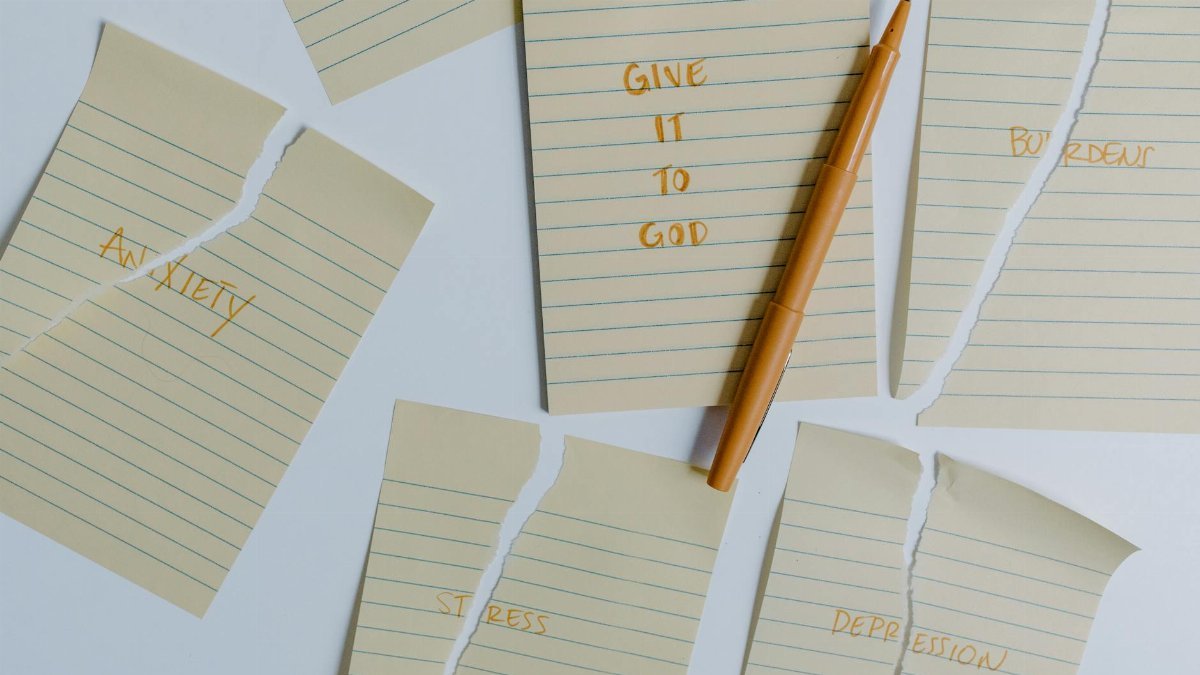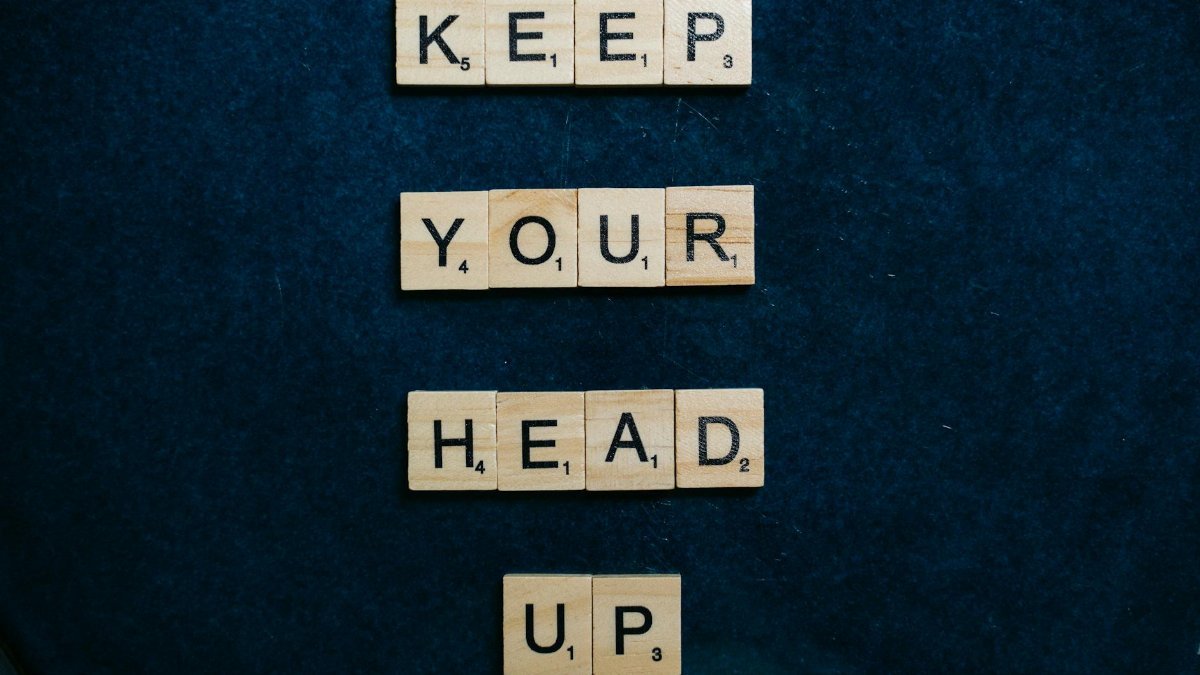Is self hug speech the secret weapon for conquering public speaking nerves? This simple technique, involving a quick cross-arm squeeze, is gaining traction among anxious speakers across the U.S. in 2025. By activating calming pressure points, it promises to ease jitters before stepping onto the stage. Whether you’re prepping for a big presentation or a small toast, this method offers a discreet way to center yourself. Here’s how it works and why it’s becoming a go-to for many.
What Is Self Hug Speech?

Self hug speech refers to a quick, physical self-soothing technique used to reduce anxiety before public speaking. It involves crossing your arms over your chest and gently squeezing, mimicking a hug. This action stimulates pressure points that can trigger a calming response in the nervous system. It’s fast, subtle, and requires no tools—perfect for a pre-speech ritual.
Why It Helps With Speaking Anxiety

Public speaking remains a top fear for many Americans, with studies showing up to 75% of people experiencing some level of anxiety. The self hug method taps into the body’s natural stress-relief mechanisms. According to research from the National Institutes of Health, gentle pressure can lower cortisol levels, the stress hormone. Find more on stress responses at National Institutes of Health.
How to Do the Self Hug Technique

Stand or sit comfortably. Cross your arms over your chest, placing each hand on the opposite shoulder or upper arm. Squeeze gently for 10-20 seconds while taking slow, deep breaths. Release and repeat if needed. The pressure should feel comforting, not tight. Do this discreetly backstage or even in a restroom stall before your moment to speak.
Science Behind the Calm

The technique leverages the concept of proprioceptive input, which helps regulate the nervous system. Studies suggest that self-applied pressure can mimic the calming effects of a hug from another person, releasing oxytocin, often called the “feel-good” hormone. For deeper insights into anxiety and physical touch, check resources at American Psychological Association.
When to Use It

Try the self hug right before a speech, during a moment of rising panic, or even while practicing at home to build a calming habit. It’s especially useful for high-stakes situations like job interviews, wedding speeches, or corporate presentations. Timing it 1-2 minutes before you speak can help reset your nerves without drawing attention.
Real Results From Real People

Many who’ve tried this method report noticeable relief. A 2025 survey by a wellness group found 62% of participants felt less shaky after using pressure techniques before speaking. One user, a teacher from Ohio, shared, “I used to dread parent meetings. Now, a quick squeeze helps me walk in steady.” Small wins like these are driving its popularity.
Limits to Keep in Mind

While effective for mild to moderate anxiety, self hug speech isn’t a cure-all. Severe anxiety or phobias may require professional support, like therapy or medication. It’s a tool, not a replacement for deeper interventions if nerves consistently derail your life. Use it as part of a broader strategy if needed.
Adding It to Your Routine

Make the self hug a habit by pairing it with your speech prep. Practice during rehearsals to associate the motion with confidence. Over time, your body may start to link the gesture with calm, making it a reliable anchor. Keep it simple—consistency beats complexity when building this into your pre-talk ritual.
